First time hosting Thanksgiving? No worries, whether you are hosting a small intimate Thanksgiving dinner or hosting a large event with every extended cousin, I am here to help you pick the perfect Thanksgiving turkey! Buying the right turkey doesn't have to be confusing or stressful.
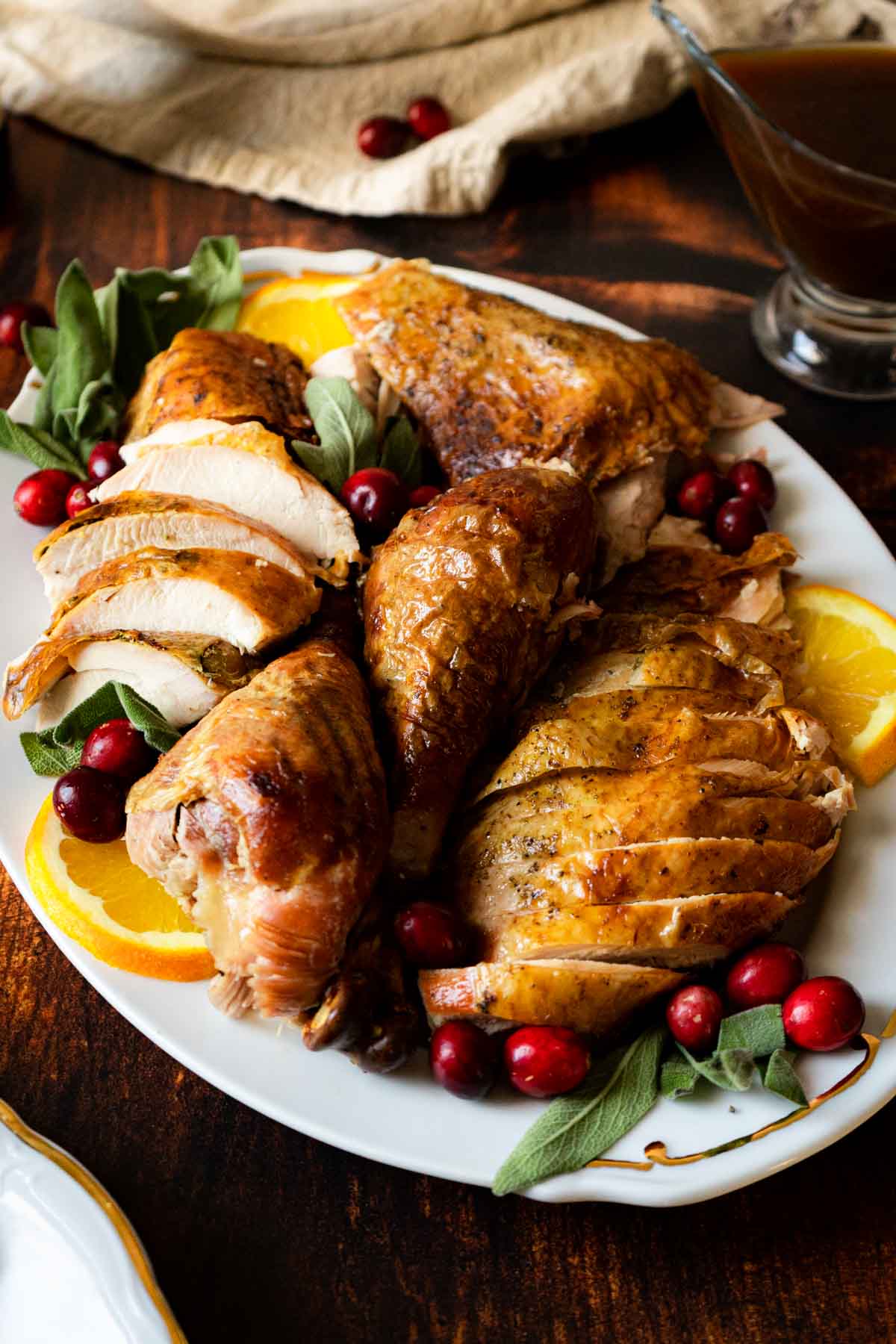
This post may include affiliate links. Please read my disclosure policy.
How to Choose a Turkey
- Determine the right size turkey
- Pick a type of turkey (i.e. read the label)
- Determine the best time to buy
- Plan for properly defrosting your turkey
🦃 What Size Turkey Should I Buy?
If you are wondering what size Thanksgiving turkey you should get, there are a few things to consider. Firstly, determine how many people you will be serving.
A general rule of thumb is a minimum of 1 pound of turkey per person up to 2 pounds per turkey. For the average gathering, you can settle on about one and a half pounds per person.
This will average out for both adults and kids as well as produce some leftovers.
Use my turkey size chart, which can provide recommended sizes based on the number of people you are feeding.
A few tips for buying the perfect turkey:
- If no one in the family likes dark meat get multiple turkey breasts and just have white meat. Turkey breasts can be purchased bone-in or boneless.
- In between sizes? Get one smaller bird plus one turkey breast or 2 turkey legs.
- Over 18 pounds? Larger turkeys take a very long time to cook, tying up your oven. Consider getting two smaller birds instead of a single turkey.
- Make sure if you do buy a larger turkey that you consider the size of your roasting pan.
Fun fact, there are hen turkeys and tom turkeys, ie. female and male. If a turkey is over 18 pounds it is likely a Tom turkey. While smaller turkeys are typically the hens.

🦃 Fresh or Frozen Turkey
Whether you want to go for a fresh or frozen turkey is up to you. There is no clear one is better than the other.
If you're buying in advance, frozen turkeys are the way to go. When selecting a frozen turkey, look for any signs of frost. Skip those. Frozen turkeys are certainly more affordable than fresh but fresh turkeys are gaining in popularity.
The US Department of Agriculture only suggests getting a fresh turkey if you're going to cook it within a day or two of buying it. However, many locally purchased farm-direct turkeys will be fresh so plan accordingly.
When it comes to labeling, the term fresh applies to turkey raw poultry that has never been below 26° F. Fresh turkeys are chilled below freezing but not frozen solid.
Frozen turkeys are flash-frozen and held at 0° F. They will be labeled frozen or previously frozen.
🦃 Guide to Turkey Types and Labels
As if buying turkey wasn't confusing enough, your turkey will have one or more of these labels.
Natural: Natural turkeys are going to be minimally processed birds. They are an affordable option when you want to do your own turkey brine. The label simply means that the meat hasn’t come into contact with artificial ingredients or chemical preservatives. A basted turkey can be listed as natural provided the injection solution meets the natural labeling requirements.
Injected, Basted, or Self-Basting: These will be the most highly processed turkeys. These turkeys are injected with a saline solution contacting flavor enhancers that are intended to retain moisture. A common complaint with basted turkeys is that the injected brine masks the flavor of the bird.
While I personally would avoid these turkeys, if you have already purchased a basting turkey, do NOT brine. Your turkey may be too salty if brined.
Hormone-Free: All turkeys sold in the US are hormone-free by law. Thi sis just marketing.
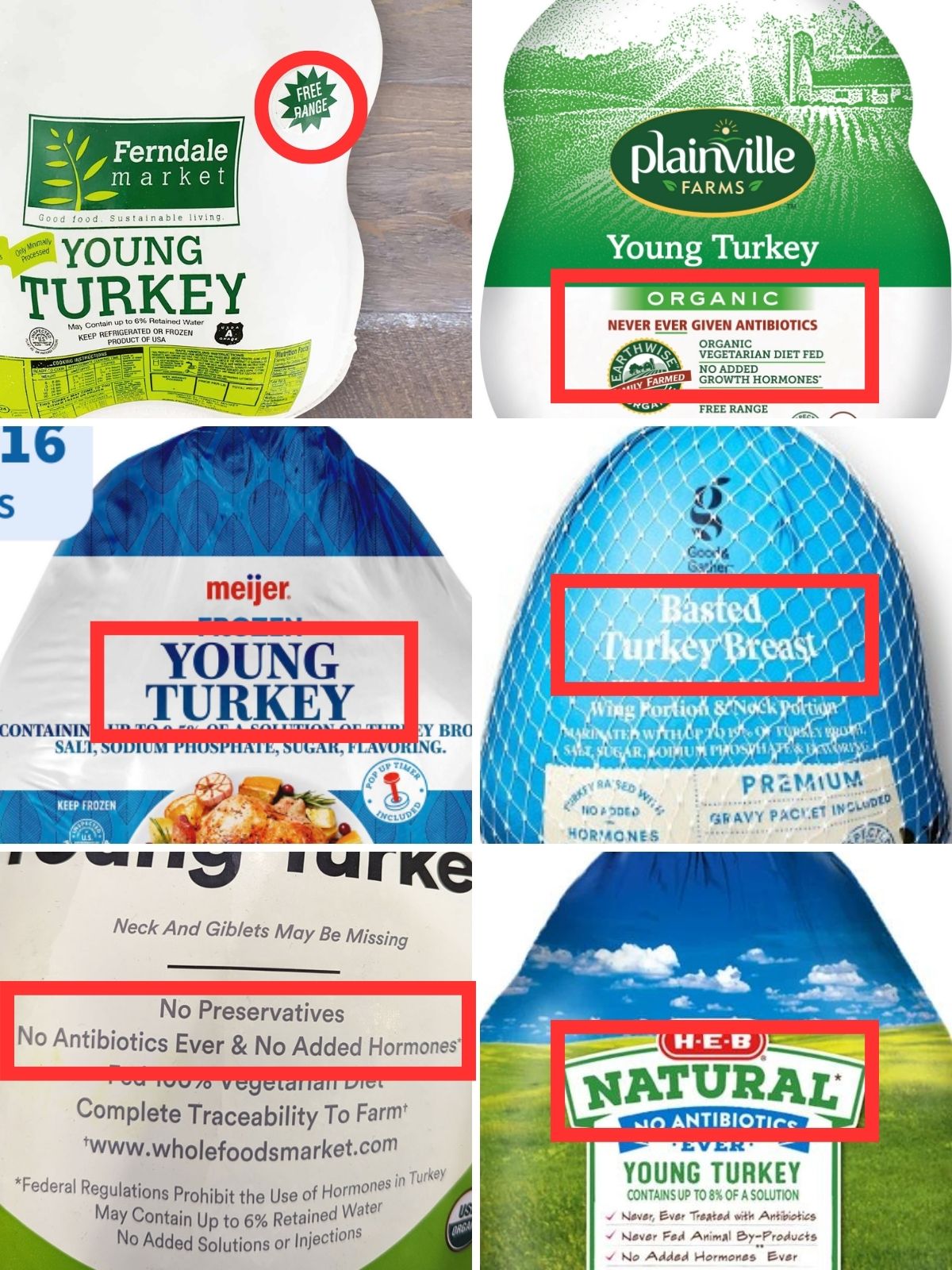
Kosher: Turkeys labeled kosher have been raised and processed in accordance. to Jewish dietary laws. They are immediately salted which acts as a brine so just like with the basted turkey you should not brine a kosher turkey! Do expect to pay more for a kosher bird as they are more expensive to produce.
Free-Range or Free-Roaming: Because these birds have access to outdoor space and can move around. In addition to being considered more humane, the freedom of movement allows turkeys to produce increased muscle. Producers must demonstrate to the USDA that they have met these requirements.
Organic: Organic turkeys come from farms where they are raised without chemicals, antibiotics, chemical fertilizers, and pesticides. In addition to being free-range, these turkeys are fed organic feed.
Heritage: The big difference here is going to be taste. Heritage turkeys will have a deeper taste and are an excellent choice if you are a big fan of dark meat. This turkey will be the most expensive.
All domesticated turkeys are descendants of native wild turkeys and heritage birds are about breed, with some requirements on how they are raised. Mass market turkeys are the broadbreasted turkey.
While heritage turkeys are a variety of other breeds. They mate naturally and while not required are generally raised free-range and without antibiotics.
Do what turkey do I buy? For smaller gatherings, I might splurge on a heritage turkey but I generally buy a frozen free-range natural turkey. I find that the best turkey for me is one that prioritizes humane conditions at a reasonable price point.
Should I Buy a Turkey with a Pop-Up Timer?
Based on personal experience I find pop-up timers to be inconsistent and the USDA agrees. The basis for this is that the pop-ups tend to be in the breast meat and you need to check the temperature in the breast, the inner wing, and the inner thigh.
I have had the best results using a meat thermometer. I prefer an instant-read thermometer like a Thermapen.
🦃 When to Buy a Turkey
When you buy your turkey is determined by the type and size plus whether or not you plan to wet or dry brine your turkey.
The important thing is to be totally defrosted and ready for Thanksgiving Day (or whatever your occasion). But it don't keep the turkey in the fridge for too long.
Fresh, heritage, and specialty turkeys from a local farm typically need to be ordered. Most places open their ordering between October 1st and October 15th. They often sell out so order early.
A fresh bird should be cooked within 2 days.
If you have the extra storage space you can buy your frozen turkey early. Otherwise, you need to plan based on how long the frozen turkey will take to thaw.
A good rule of thumb is to plan for 24 hours of thaw time for every five pounds of turkey. Plus 1 to 3 days for a brine.
So if I want to buy a 15-pound frozen bird and dry brine it, I need to buy it at least 6 days in advance:
- 3 days for it to thaw (15/ 5=3)
- 3 days to dry brine
If you are doing this last minute you can use the cold water thawing method which will only take about 8 hours. Keep in mind this option takes up a lot of space and is messy, definitely not the best way to thaw out a turkey.
Last year I bought my Thanksgiving bird from Butcher Box and was very pleased with it.
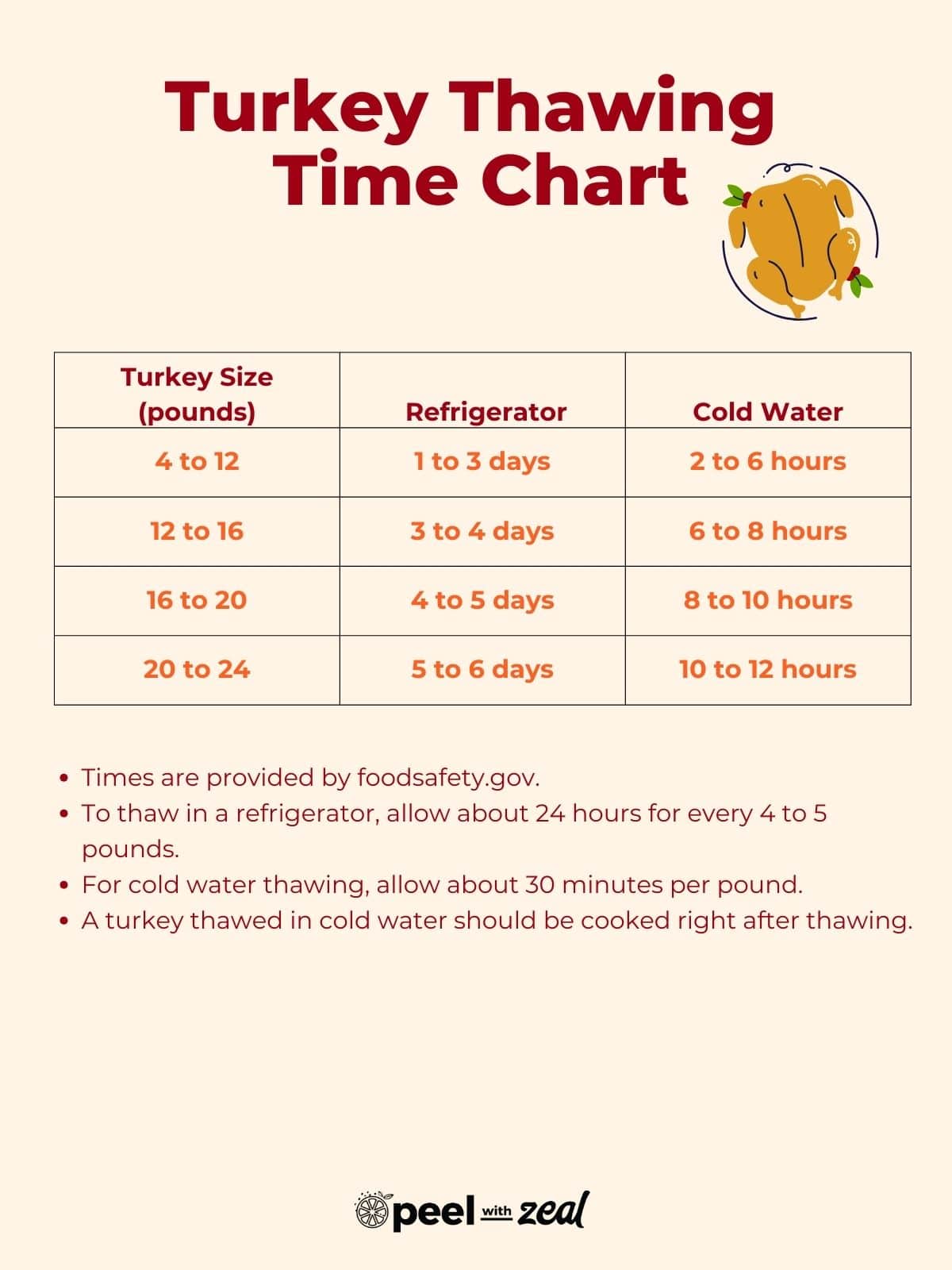
Best Thanksgiving Turkey Recipes
If you are cooking a bone-in turkey breast or a boneless turkey breast, try my turkey breast recipe with herb butter. This recipe uses a wet brining method.
For a whole bird, try this whole roasted turkey recipe with sage and orange zest. This recipe uses a dry brine.
My Favorite Thanksgiving Recipes
Be sure to check out all my Thanksgiving recipes- everything is 100% gluten-free.

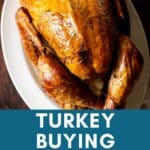
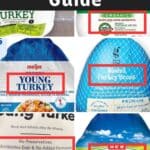

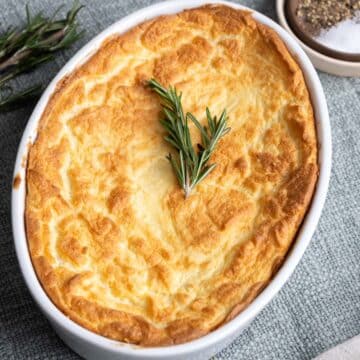

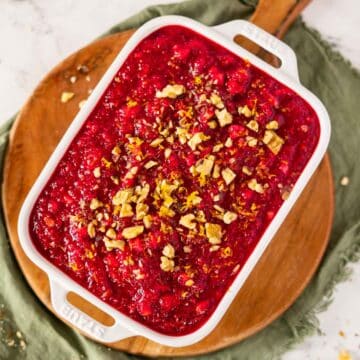
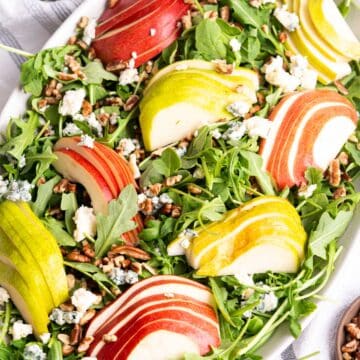
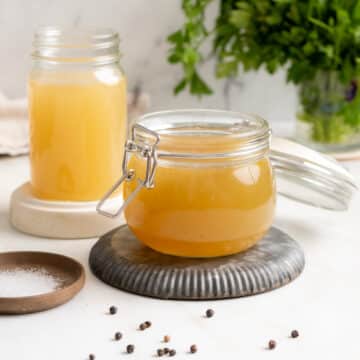
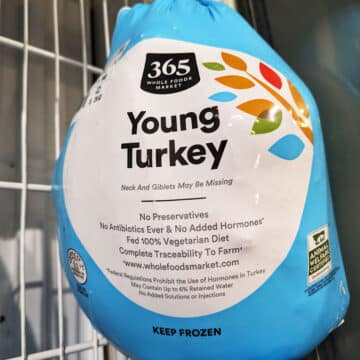
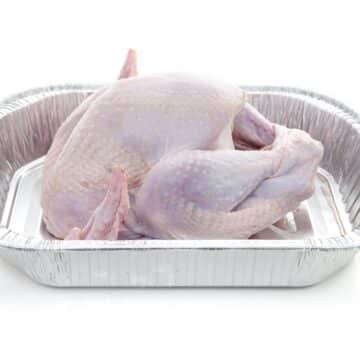

Comments
No Comments